What is called Wildcrafting today we used to call foraging when I was a kid.
As a child, in the 1960’s, I spent many happy hours grubbing about in hedgerows and other wild places, seeking out our indigenous plants for my grandmothers ‘recipes’.
Wildcrafting then (1960’s)

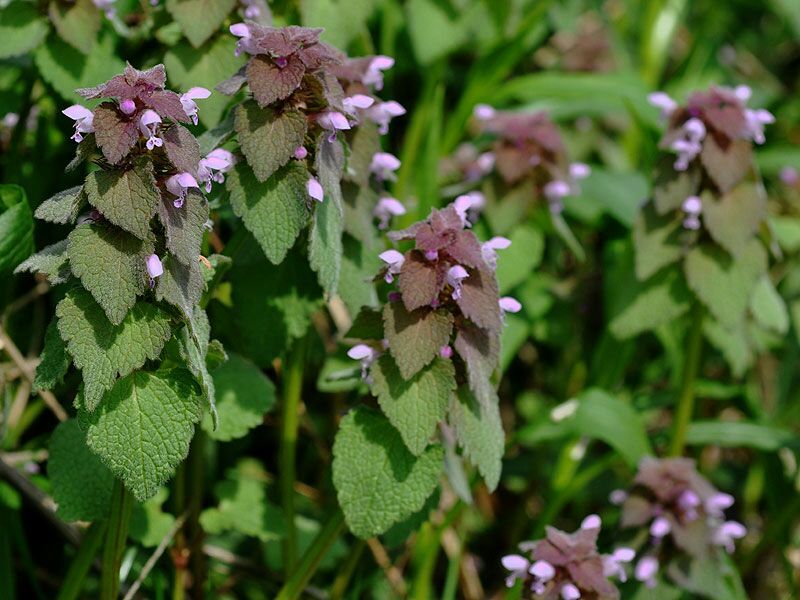
My grandmother was the village ‘go to dealer of lotions and potions’ as well as ace cook of all things scrummy in the art of self-sufficiency (although it wasn’t called that then it was just how you lived).
Foraging in hedgerows along lanes, bordering farmers fields or out on the hillside my grandfather always had a very good idea of what we might find according to season and location. He had grown up in the area. learned from his grandfather and spent his lifetime doing what he was now teaching me.
Whatever we took home; baskets of blackberries for pies or jars; Purple dead-nettle for old-lady Groves strange allergies or Soapwort leaves for boiling down, was ‘botanical’ (grown by nature). We could be fairly certain that it would be organic ‘in the sense of being pure and untouched by toxins or pollutants’.
Whilst wildcrafted ingredients can’t be “certified organic” under current guidelines, the process basically ensures that ingredients are inherently organic. “Wildcrafted plants are indigenous, and organic in the sense of being pure and untouched by toxins or pollutants,” said Brandy Monique, founder of the small-batch FIG+YARROW beauty line. But are they?
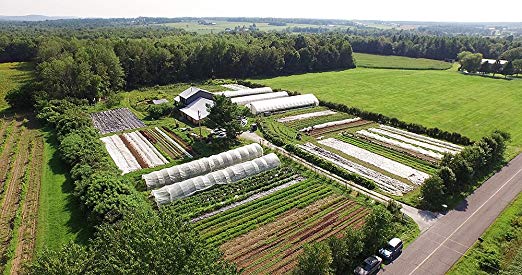
That was then, in the mid to late 1960’s. Most of the farms around us were small concerns (by todays standards), a lot operated on a ‘market-garden’ basis; selling their produce directly to the customer or to restaurants. They used more natural means of pest control as they didn’t have the huge fields of monoculture requiring aggressive spraying of chemicals that exist today.
The wild areas were – wild! The country lanes were quiet with just the occassional vehicle on its way home to one of the villages. There wasn’t the sheer number of vehicles that we have on the road now.
You could more or less safely forage (Wildcraft) wherever you chose
Wildcrafting Now
The number of licensed vehicles in Great Britain increased from about 4 million in 1950 to over 34 million in 2010
You wouldn’t catch me grubbing around the same hedgerows that I did as a child now. Mine and my grandfathers local ‘haunts’ now resemble race-tracks, as motorists try to avoid the heavy traffic of the main roads in their desperate attempt to get from A – B in ever shorter times.
Apart from the danger of risking life and limb the ancient hedgerow has been severely cropped to widen the road (safer for the traffic, don’t you know) removing most of the useful hedgerow plants. Those that do remain are unfit to use; smothered in pollutants from vehicle exhausts and engines, having absorbed oil and fuel residues.

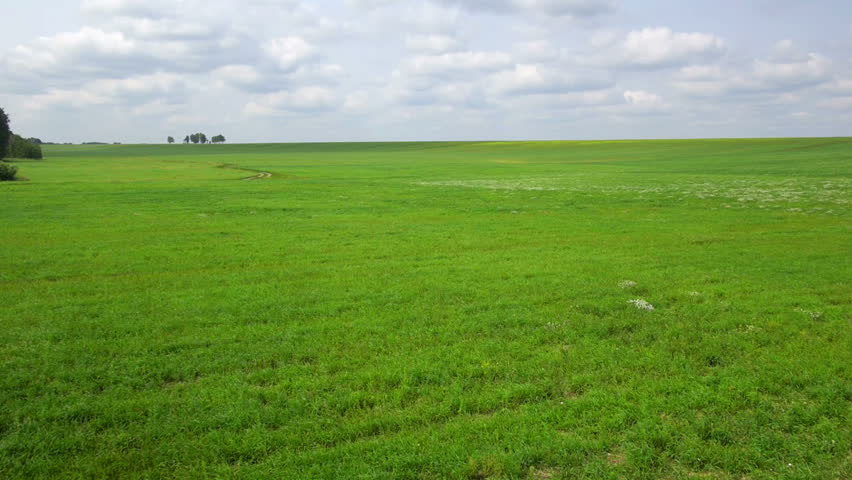
The hedgerows around the farmers fields have fared even worse; a huge number of them just do not exist anymore, ripped up in the race to produce larger and larger crop yields from the same area of ground.
The huge fields thus created are then used to grow a single crop (a monoculture). Where one crop is grown in such a large quantity it attracts a far greater number of predators. These predators then need managing by the use of pesticides.
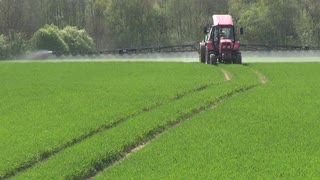
Growing the same crop year on year in the same soil quickly leads to depletion of soil nutrients; these then need replacing by the use of fertilisers.
What hedgerows are left bordering these huge fields are thoroughly drenched with whatever fertiliser, pesticide or weedkiller that is used on the crop. Again this renders any surviving indigenous wild plants unsuitable for use.
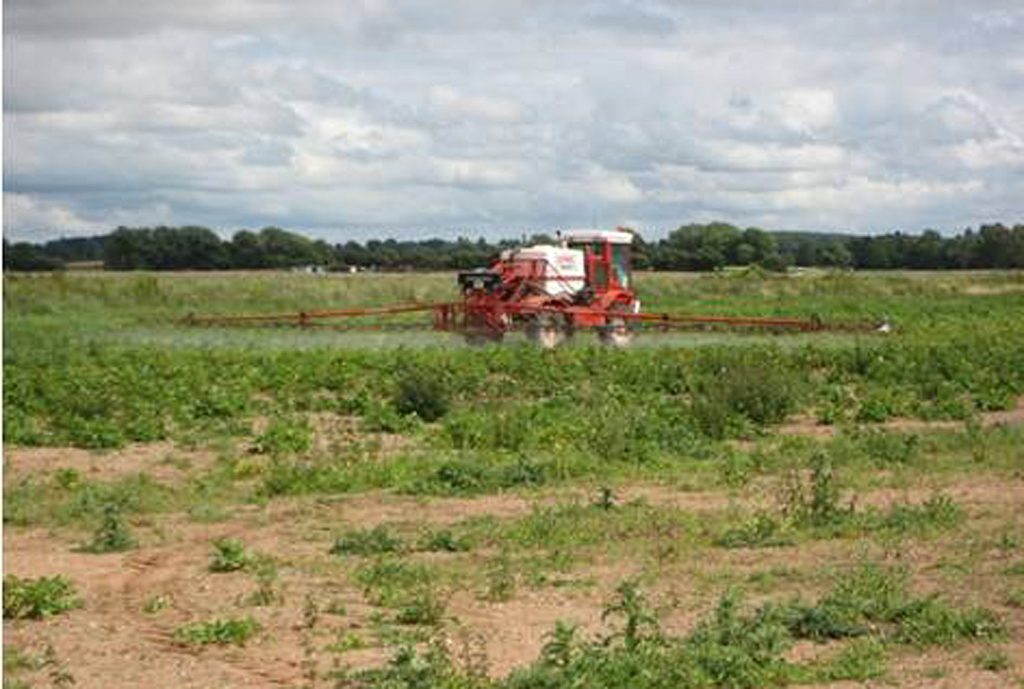
Wild areas are one place that we all think of as safe from the interference of man on their landscape. The truth of the matter is that we have very few truly wild areas left in the UK.
In the midlands there is an area called Cannock Chase; designated as an AONB in 1958 because of its beautiful landscape, its wildlife and its history which are part of an historic landscape dating back thousands of years.
Whilst we presume that this landscape is totally natural it is in fact very heavily managed by human intervention.
It is highly unlikely that plants growing here are totally free from toxins or pollutants of some nature used in the management of the landscape.
Wildcrafting (foraging) in the C21st is fraught with hidden obstacles. The only way in which we can be sure that the plants that we are harvesting are untouched by toxins or pollutants is to know the areas that we harvest from exceptionally well, do extensive research as to how that area is managed or be able to travel to one of the few truly wild areas that we do have left.
Where we are unable to achieve this for ourselves we are left with the option of buying from a reputable source that can guarantee that these criteria have been met by providing a certificate of chemical analysis.
Please ensure that your natural environment is as natural as you think it is.
You will find lots of information in our section ‘The Wise-Woman’s Garden

